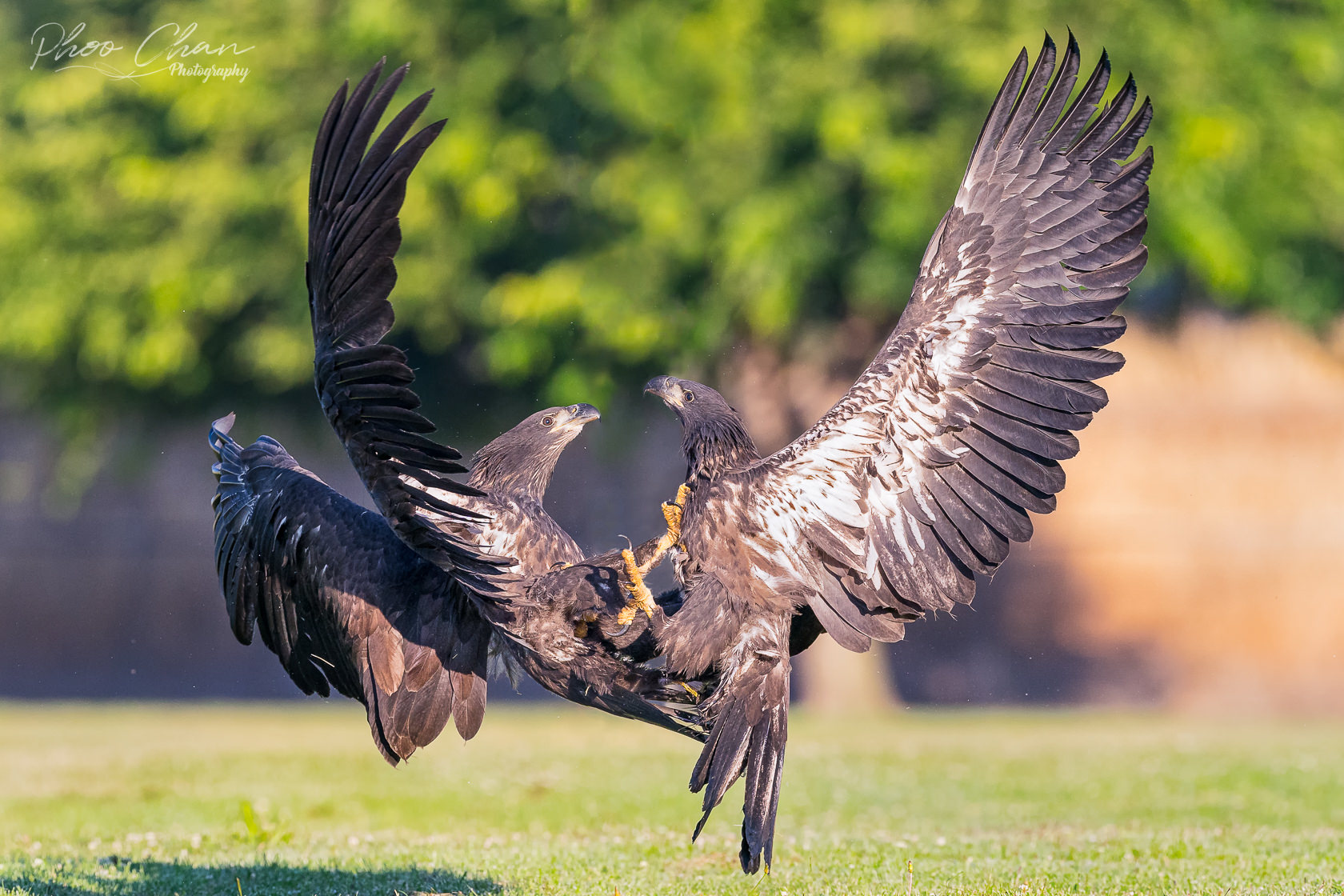THE SCREECH OWL
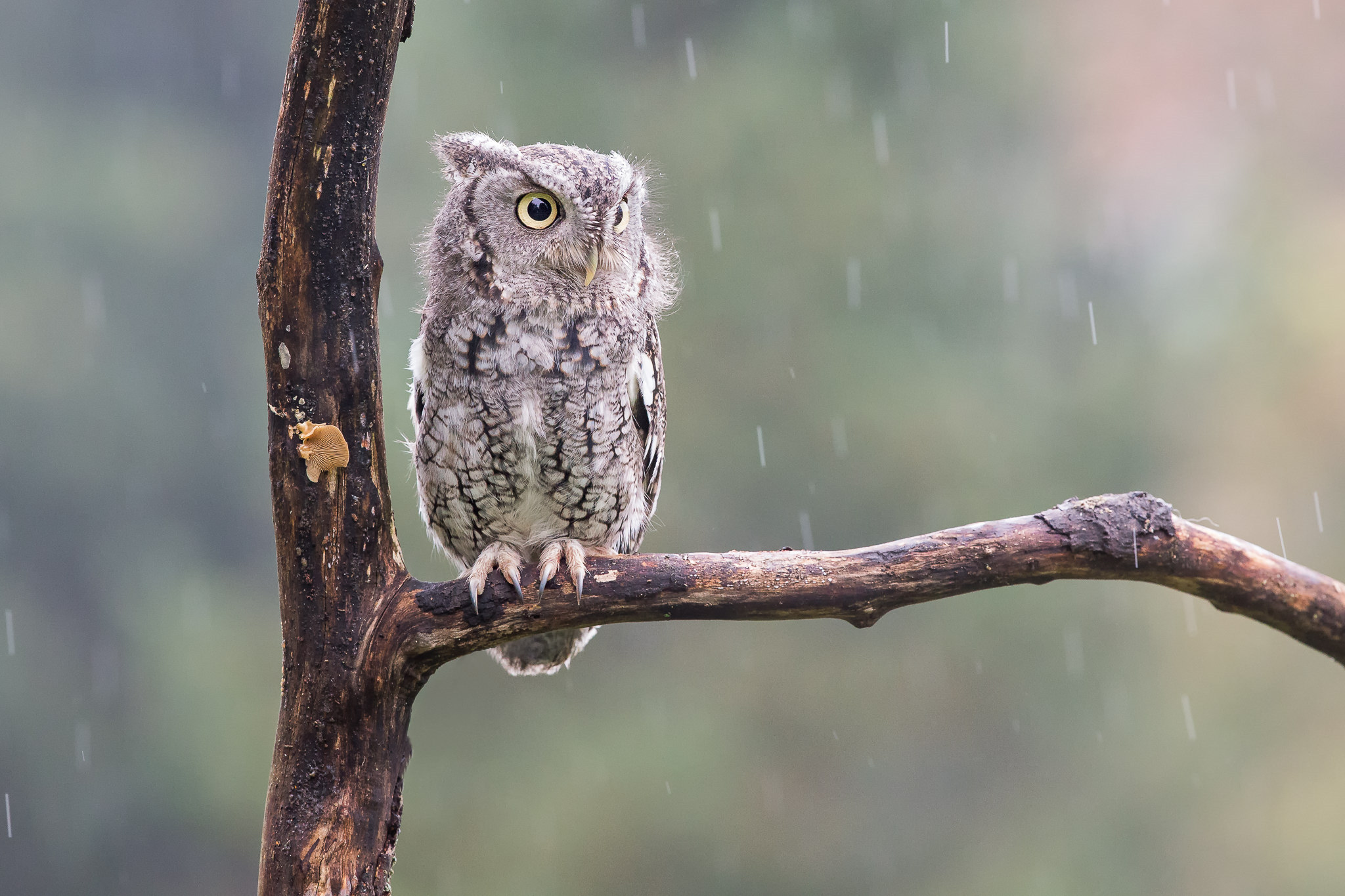

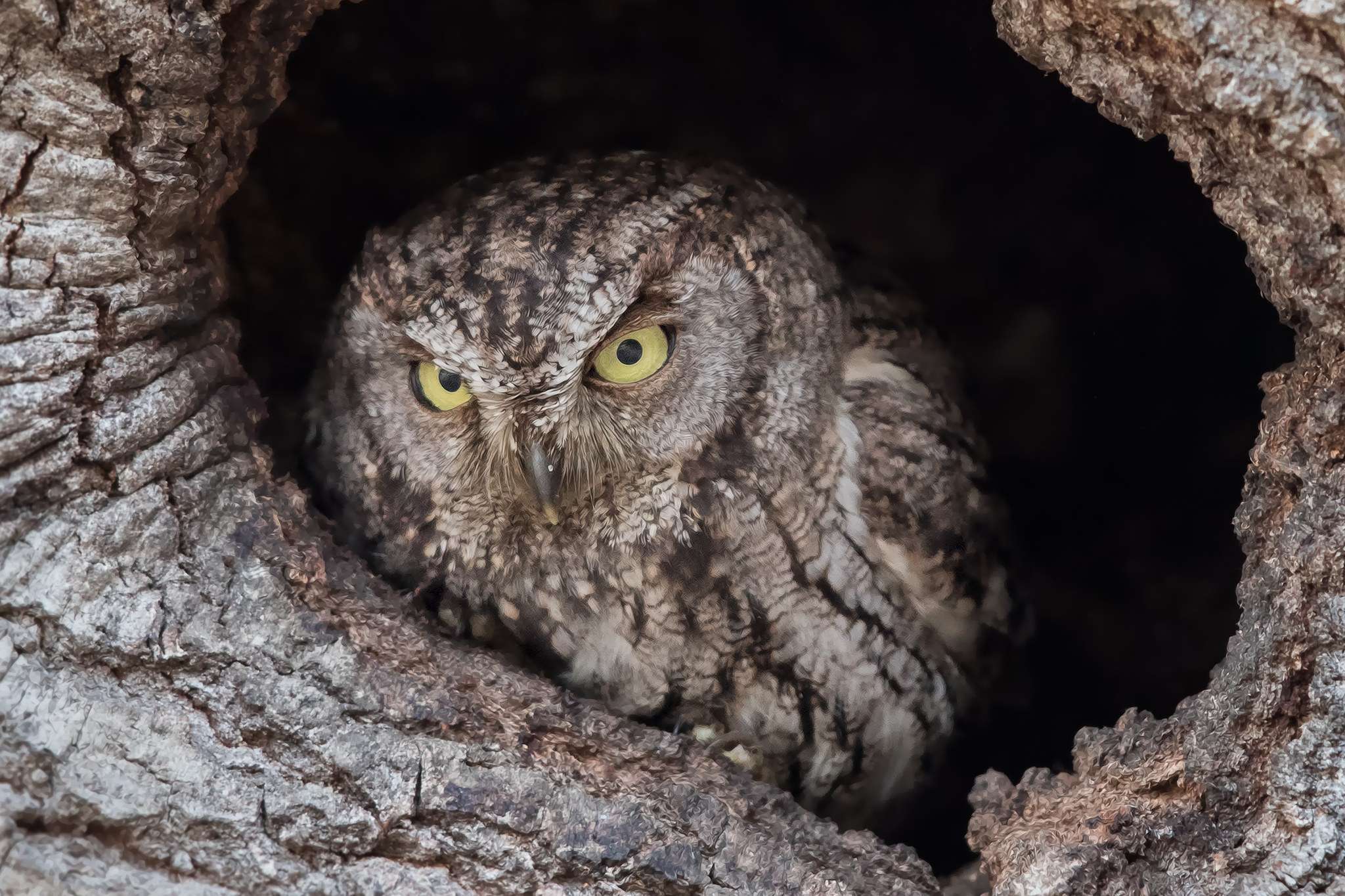

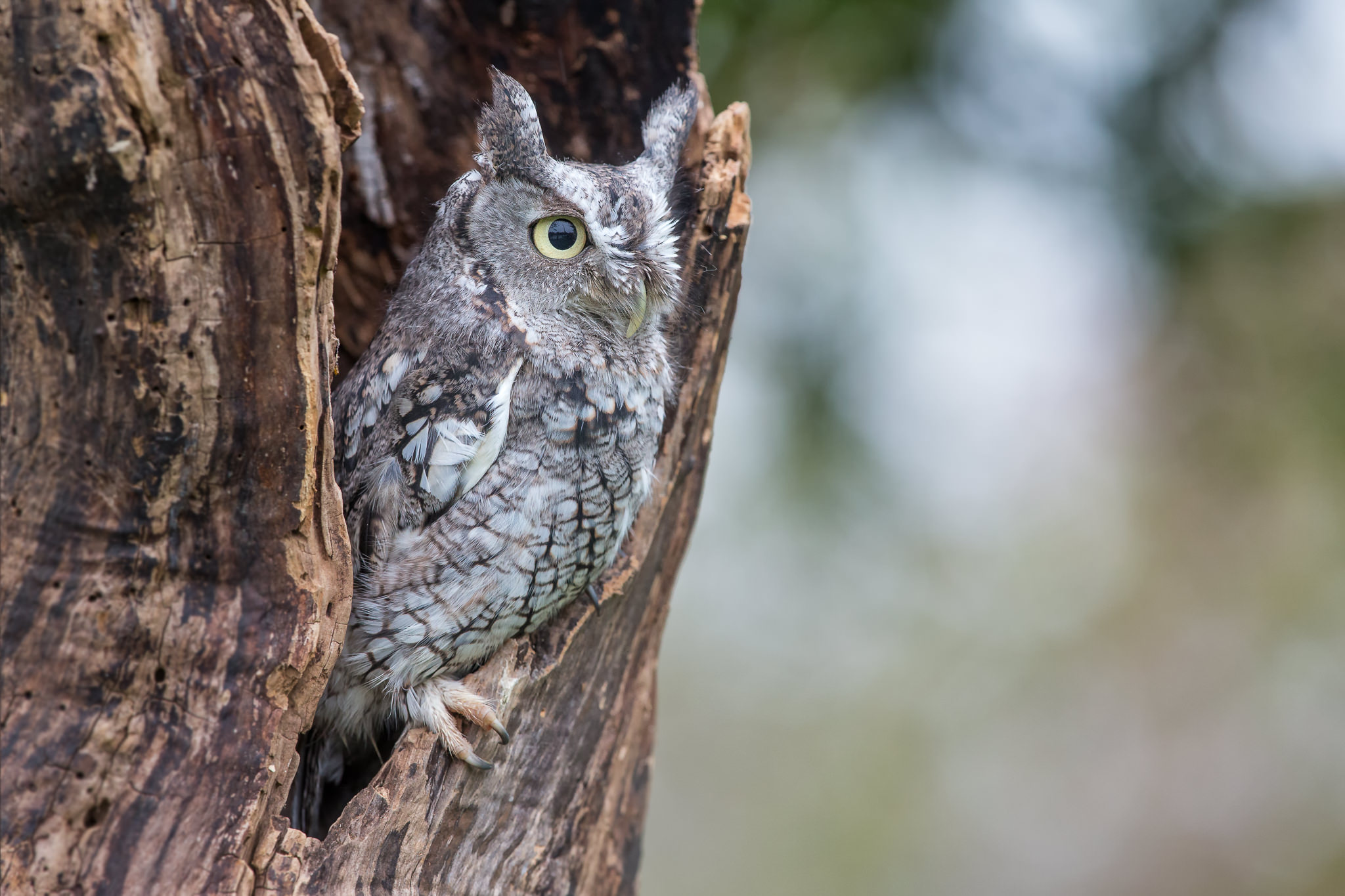

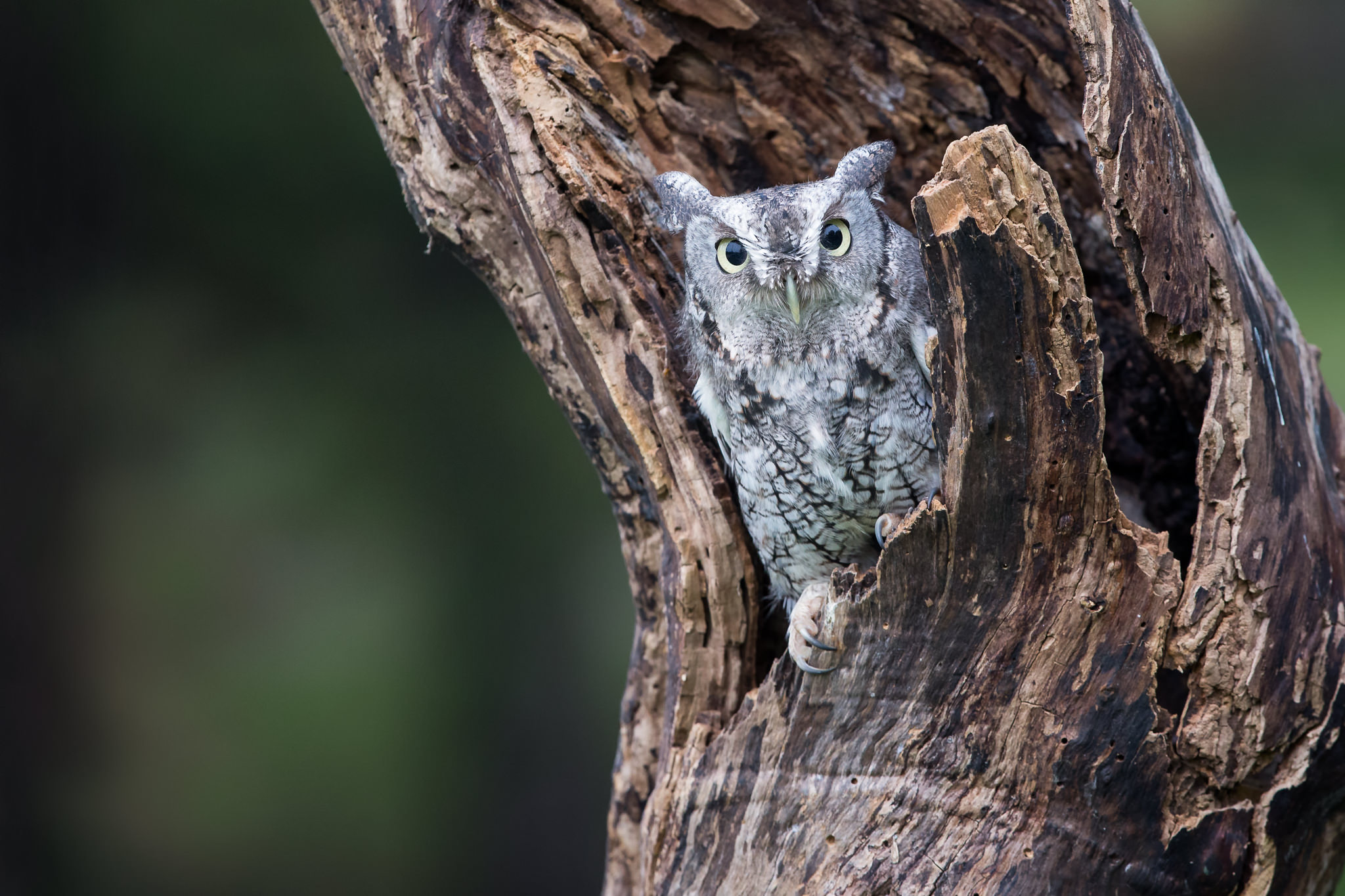
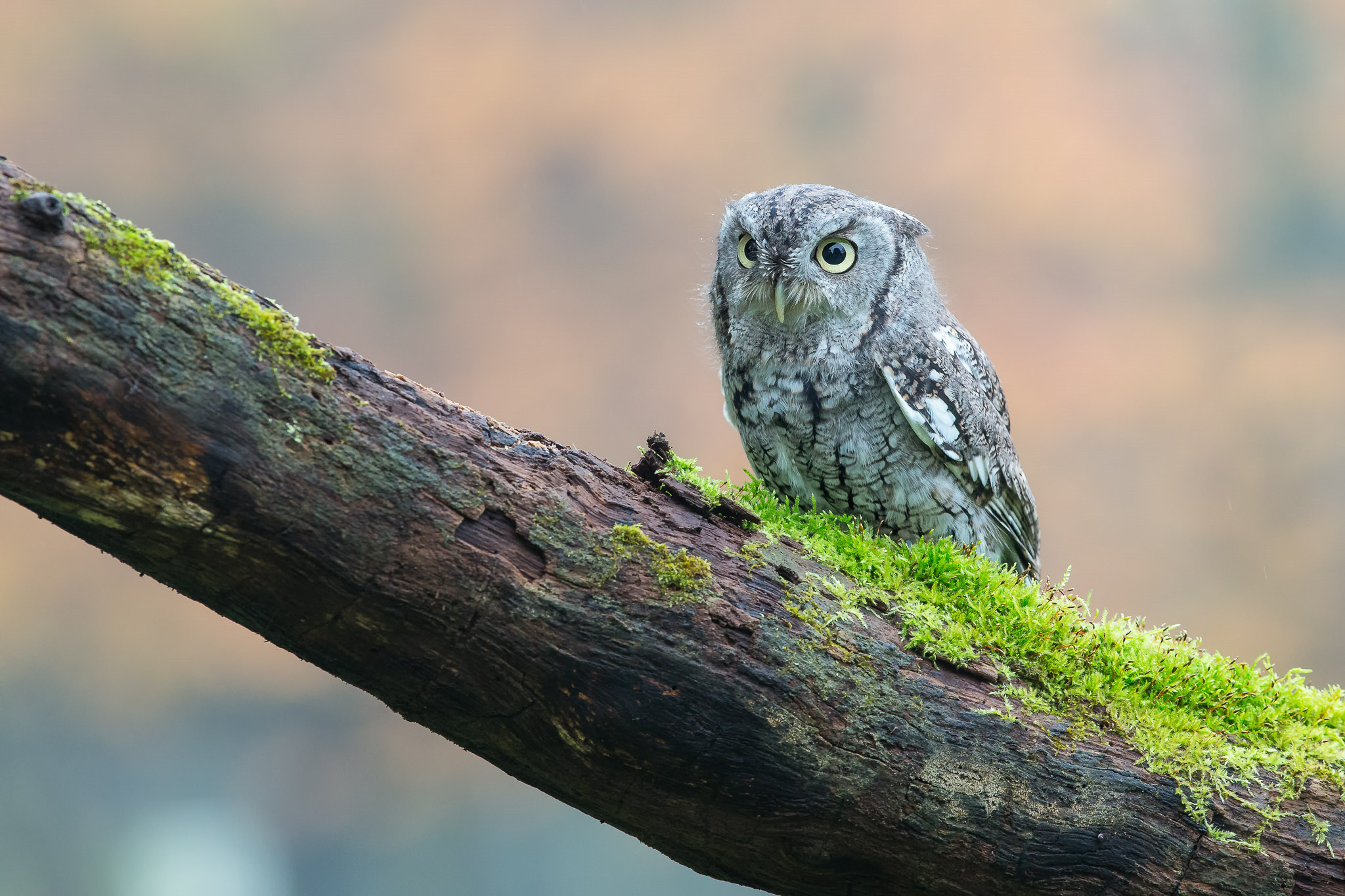
Screech owls or screech-owls are typical owls (Strigidae) belonging to the genus Megascops. Twenty-one living species are known at present, but new ones are frequently recognized and unknown ones are still being discovered on a regular basis, especially in the Andes. For most of the 20th century, this genus was merged with the Old World scops owls in Otus, but nowadays it is again considered separate based on a range of behavioral, biogeographical, morphological and DNA sequence data. Screech owls are restricted to the Americas. Some species formerly placed with them are nowadays considered more distinct (see below for details). […]





























